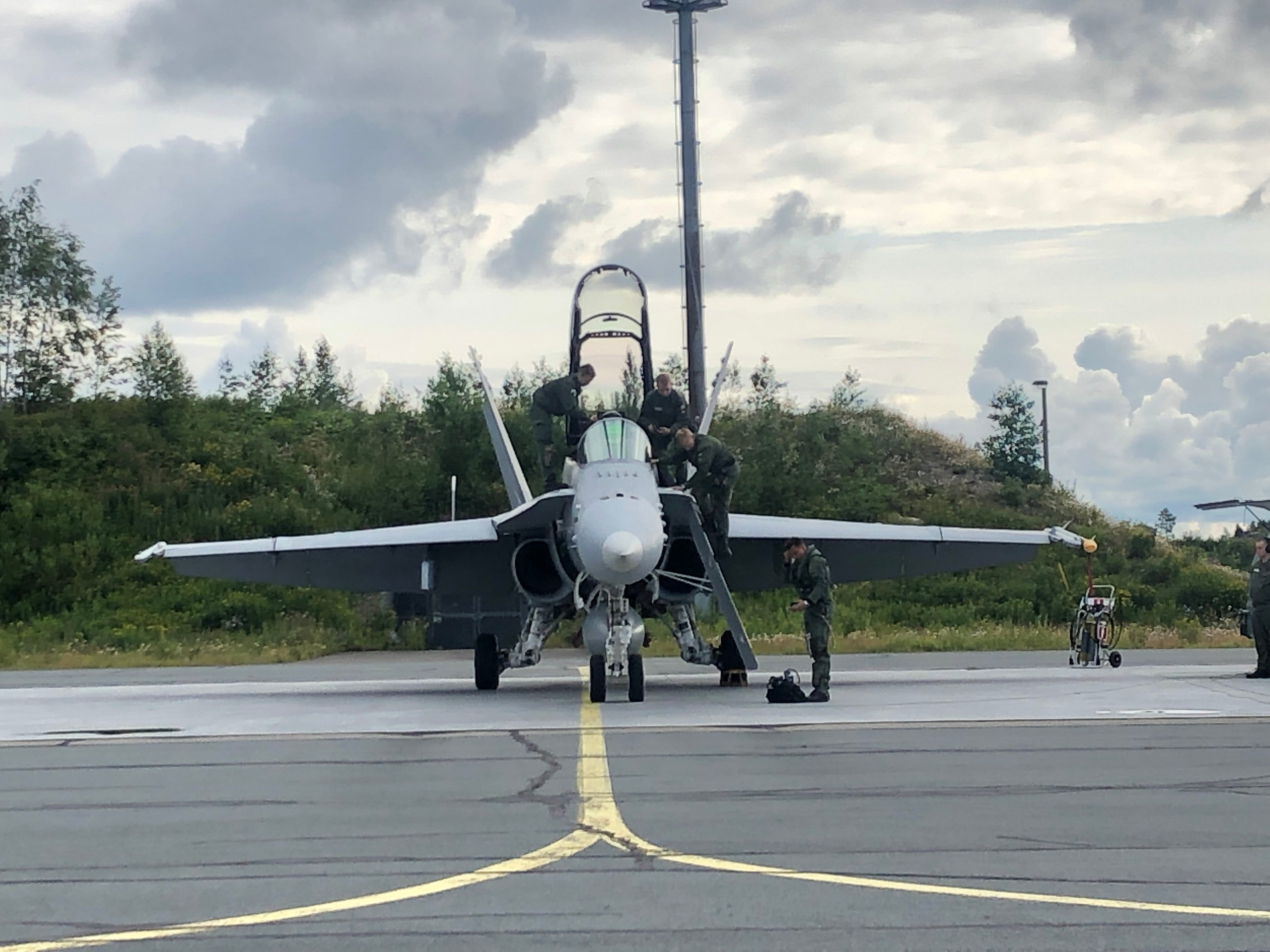Editor’s note: Gen. David Goldfein, the Air Force Chief of Staff, is traveling through Europe this week. Defense News reporter Valerie Insinna is accompanying him.
When historians look back on the 20th and early 21st centuries, it seems likely that one of the more important historical footnotes will be the enduring power of the trans-Atlantic alliance and NATO. For more than 70 years, our ties have kept the peace in Europe, boosted economic growth and fostered democratic ideals well beyond the two continents.
The challenges in the early years of the alliance were stark, and the transition from a catastrophic “hot” war to a Cold War was felt from the Iberian Peninsula to Scandinavia. Today, our allies face a more insidious threat from a disruptive Russia, which is proliferating disinformation, cyber threats and hybrid warfare onto Europe’s doorstep.
This week, I am meeting with many of our closest partners across NATO to discuss the challenges and opportunities we face while assuring our friends that the U.S. Air Force is committed to cooperative security for our countries. We will almost certainly travel new paths in the years ahead, focusing on an array of new threats and harvesting new and exciting technologies, but our fundamental relationships and commitments will endure.
Among the themes we are tackling this week are the growing cyber and disinformation attacks from Russia, the importance of space in our mutual defense and an emerging field of battle known as “multidomain operations.” It means fighting together on the ground, at sea and in air, space and cyberspace — simultaneously and with unmatched speed.
Future fights will be won by the side that can see and understand more, make faster decisions using artificial intelligence and other tools, and bring military capabilities to bear at a pace and scale that overwhelm an adversary. Getting this right in a networked approach that allows us to operate together is the number one challenge of our time and the number one opportunity going forward.
The NATO Cooperative Cyber Defence Centre in Estonia is one of the smartest places on the planet to observe how this small but vibrant country defends itself against a daily threat. Our stop in Estonia this week afforded an opportunity to hear what they have learned and find new paths of cooperation as we stand up a new numbered Air Force focused on information warfare.
RELATED

From Estonia, I traveled to Finland to meet with a partner nation that shares an 800-mile border with Russia. We discussed interoperability as we build the network required to execute multi-domain operations. I especially wanted to understand their lessons learned from major military exercises like BALTOPS and the ongoing Baltic Air Policing missions. One highlight from the stop in Finland was flying an F-18 sortie with Maj. Gen. Pasi Jokinen.
In England, I was honored to speak at the annual Airpower Symposium and walk the attendees through an operational scenario that highlights the key attributes of “Multi-domain” operations and the command-and-control networks required to deter and, if deterrence fails, fight and win.
My final stop will be to visit Thule Air Base, Greenland. It is a fitting end to a journey focused on a new way of warfare, all the while celebrating the strength and professionalism of our force. We are forging important alliances for future space operations so critical to our missions to defend the Arctic and our respective homelands. Thule is key strategic terrain in this fight.
While the nature of war remains consistent, the character of war is changing. Emerging technologies present all of us an extraordinary opportunity to advance our interoperability, our training and our capabilities to overwhelm any potential adversary from all domains. If we get it right, it might redefine deterrence in the 21st Century.
Gen. David Goldfein is the U.S. Air Force chief of staff and has had five assignments to U.S. military bases in Europe.







